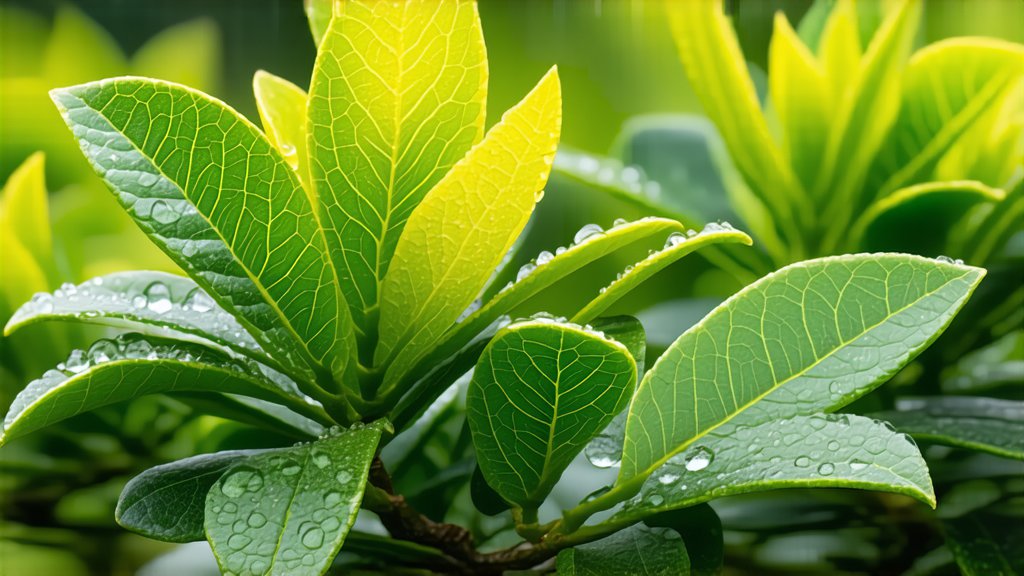
In the vast tapestry of Chinese tea culture, where green, black, white, oolong, and pu-erh teas weave intricate patterns across the nation's history and geography, there exists a lesser-known but equally captivating thread – the golden elixir known as Junshan Yinzhen. This rare and exquisite variety of yellow tea hails from the misty mountains of Junshan Island in Hunan Province, embodying a legacy that spans centuries and encapsulates the essence of traditional Chinese tea artistry.
A Brief History
Junshan Yinzhen, often referred to as "Silver Needle," is a testament to China's ancient tea-making traditions. Its origins can be traced back to the Tang Dynasty (618-907 AD), though it gained prominence during the Qing Dynasty (1644-1912). The tea was once reserved exclusively for imperial consumption, adorning the tables of emperors and nobility, symbolizing status and refinement. Today, while more accessible, Junshan Yinzhen remains a symbol of luxury and an embodiment of China's rich tea heritage.
Varieties and Cultivation
The name "Yinzhen" translates to "silver needle," a poetic description of the tea's appearance. These buds are meticulously handpicked before they unfurl into leaves, ensuring only the finest, most tender parts of the plant are used. The cultivation of Junshan Yinzhen is an art form in itself, demanding specific climatic conditions and meticulous care. The island's unique microclimate, characterized by its cool mists and fertile soil, nurtures the tea bushes, imparting distinct flavors and aromas.
The Art of Processing
The journey from leaf to cup for Junshan Yinzhen involves a series of intricate steps that transform fresh buds into the sought-after yellow hue. Unlike green or black teas, which undergo minimal processing or extensive fermentation respectively, yellow tea sits at an intriguing intersection. The process begins with a gentle steaming or pan-firing to halt enzymatic activity, preserving the tea's natural sweetness and reducing bitterness.
Next comes the crucial 'yellowing' stage, where the tea is left to oxidize slowly under controlled humidity and temperature. This step is what gives Junshan Yinzhen its characteristic yellow color and smooth flavor profile. It requires skillful monitoring as even slight variations can alter the final product. After yellowing, the tea undergoes a final drying phase to remove any remaining moisture, ensuring longevity without compromising flavor.
The Symphony of Tasting
To truly appreciate Junshan Yinzhen, one must engage in the ritual of tea tasting, a practice deeply rooted in Chinese culture. Begin by selecting a transparent glass vessel, allowing the beauty of the brew to unfold visually. Use approximately 3-5 grams of tea per 200ml of water, heated to around 80-85°C (175-185°F). This lower temperature preserves the delicate flavors and prevents over-extraction.
As you pour hot water onto the silver needles, watch them gracefully dance and unfurl, releasing their golden essence. Allow the tea to steep for about 2-3 minutes. Observe its color – a pale yellow liquid reminiscent of sunlight filtering through autumn leaves. Inhale deeply before taking your first sip; let the subtle aromas of honey, chestnut, and a hint of floral notes envelop your senses.
Upon tasting, experience the silky texture and the harmonious balance between sweetness and a whisper of astringency. Each sip should transport you to the misty mountains of Junshan, revealing layers of complexity that reflect the meticulous craftsmanship involved in its creation.
Conclusion
Junshan Yinzhen stands as a testament to China's enduring tea culture, a beverage that transcends time and borders. Its history, meticulous cultivation, unique processing method, and nuanced tasting experience make it a treasure not just for connoisseurs but for anyone seeking to explore the depths of Chinese tea tradition. As you savor this golden elixir, immerse yourself in the stories it carries, connecting you to centuries-old practices and the serene landscapes from which it originates.